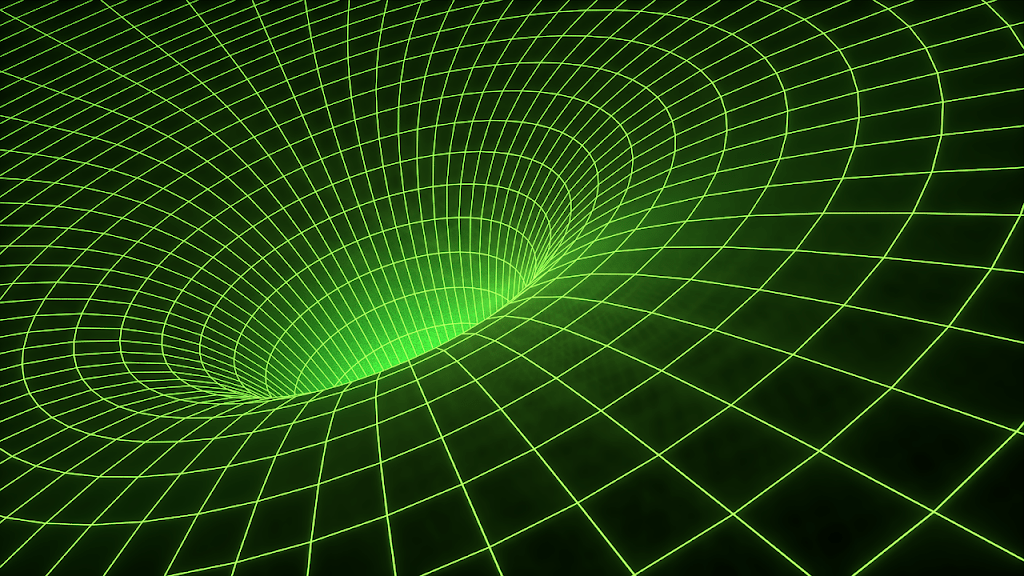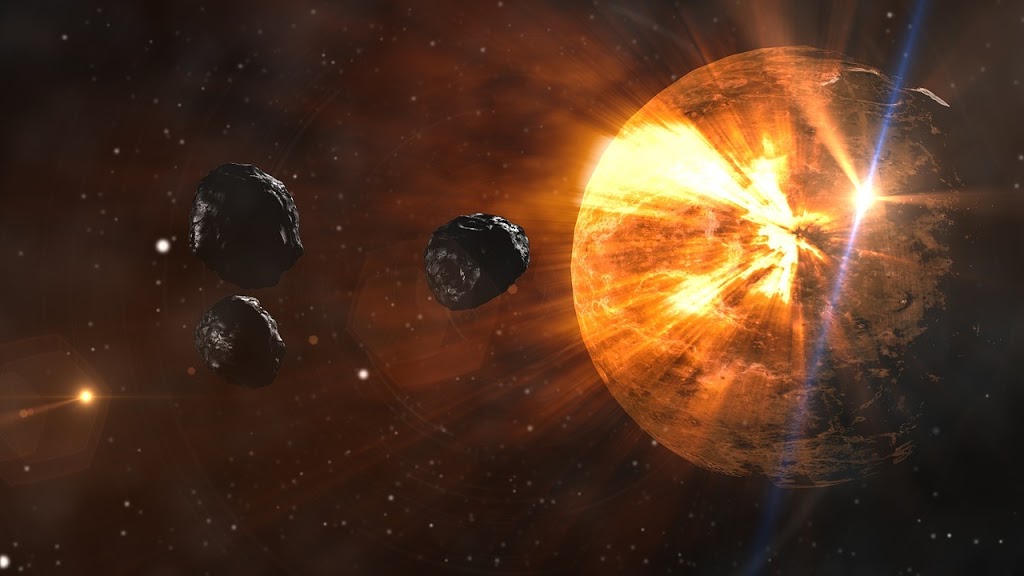Have you ever wondered at the starry night sky and were left amazed by its vastness? Have you thought about how small you are as compared to the Milky Way, let alone the Universe? Have you ever thought about the possibility of extraterrestrial life in the Universe? And, have you ever thought about what is the gravitational force at the centre of a black hole?
Well, the latter is even unknown to the scientists as of now but they are trying to find an answer which can really be the road to the holy grail of physics, namely the theory of everything.
What is the theory of everything?
The Theory of Everything is a widely popular term in the scientific world. In fact, there is a biopic of renowned physicist, Professor Stephen Hawking which is named after the theory. If you think that the theory of everything is an answer to all the questions asked in physics and it will mark the end of long sought curiosity of the human race about the Universe, then you are wrong. The theory of everything doesn’t answer us about everything, it is like a fundamental law from which everything else can be derived. For example, Coulomb’s law, which is a fundamental law of electrostatics can be derived from Gauss’s theorem and vice-versa. In fact, scientists say that the theory of everything is only the beginning.
Technically speaking, the theory of everything is a hypothetical framework that encompasses all the physical aspects of the Universe. In short, it is the Ultimate theory which tells us how the Universe works. Now, let’s dig deep into this all important theory to understand its meaning.
Characteristics of a theory
Since time immemorial, humans have been curious about their existence and their place in the universe. But, describing the work of nature as fundamental laws was not always the trend for philosophers. Possibly, the first philosopher who gave a theoretical framework to describe a law of nature was Archimedes in the Archimedes’ principle which is a fundamental law of fluid mechanics.
We can describe some physical phenomena distinctly but the main aim of the theory of everything is to unify them. For example, we can define gravity using Einstein’s General theory of Relativity and electromagnetism using Maxwell’s laws but the main problem arises when we try to unify them. Albert Einstein tried really hard to unify these two fundamental forces but he failed.
Suppose, we need to create a theory of electro-gravity. How do we do that? A theory needs to be minimalistic which means that we need to create laws which can combine gravity and electromagnetism. After we create some laws which can successfully combine gravity and electromagnetism and define all aspects of electro-gravity, then we have successfully discovered a new theory. This new theory now has the ability to derive both the laws of electromagnetism and gravity which makes it a very very important theory. But, is it a theory of everything? Not really, but it can be said that this theory of electro-gravity is a pathway to the most fundamental theory out there, which is again, the theory of everything.(Read more about experimentation here)
Theory of Everything as the Grand Unification
A long long time ago, around 13.8 billion years from today, our Universe was formed by the Big Bang. As we all know, our Universe is ever-expanding so if we turn the universal clock backwards, there must come a time when the Universe was very very very small. In fact, you can compare the size of the Universe with that of a marble in its early stages. But, the initial condition was even much smaller. Scientists call this a singularity. A singularity is a singular point in space-time with infinite density. At this particular point, all the mass of the Universe was confined in the singularity. I hope you all know how small an electron is. A singularity is even smaller than that. On a rough scale, around 10^20 singularities can fit inside an electron. But, as you all exist here to read this article, the singularity must have broken down and our Universe was formed by the Big Bang. The Universe has been expanding since then and will probably expand for a much much longer time than its current age.
At the singularity, all the four known fundamental forces, namely gravity, electromagnetism, strong force and weak force were considered to be unified. Then, the first fundamental force which was separated from others was gravity, the weakest of all forces. Then, the strong force, which is the strongest of all four fundamental forces, became a distinct force leaving out the electro-weak force. Then the electromagnetic force was separated from the weak force in the course of the Big Bang and hence, we have our four fundamental forces.
With the theory of everything, we can find out how the four fundamental forces work together to reconstruct the conditions inside the singularity and can finally discover what really happened before the Big Bang. After we discover the theory of everything, we might find out that Big Bang wasn’t the beginning at all. Maybe, there is no beginning and the Universe is after all, a continuous cycle. Maybe, the Universe was just created yesterday and our memories have been affected in a way to give us the illusion of knowledge. Well, there are endless possibilities, but first, we need to have some idea of the fundamentals of our existence and that of our very own universe.
Theory of Everything to describe quantum gravity
At the start of this article, we asked a few questions and one of them was a major problem in physics, gravitational attraction at the center of a black hole. The need for the theory of everything is yet again, evident in the field of cosmology and specifically, black hole physics.
Since earlier times, the nature of light was subjected to huge debate. Many considered light to be a particle while some thought light acts like waves. In 1801, a revolutionary experiment was carried out by Thomas Young which is popularly known as Young’s double slit experiment. The double slit experiment showed that light created interference patterns which supported the wave theory. However, the wave theory was inconsistent with the black body problem which could be only explained by particles and laid the foundations of Planck’s quantum hypothesis in 1900. In 1905, Albert Einstein gave his theory of photoelectric effect which was inspired by Planck’s theory. It was later concluded that light had a dual nature, that is, it can act like both particles and waves.
An era had only begun which took over the scientists by storm, it was the beginning of the quantum era. No one had seen or expected anything like this. To think that quantum particles have different rules like quantum superposition and entanglement was surely something that the scientists couldn’t have thought. The change took time to accept but let us not get into the details.
It is important to mention that Albert Einstein received the nobel prize in 1921 for his theory of photoelectric effect, but his most famous theory came only after 10 years of photoelectric effect. In 1915, Einstein gave the world one of the most important and beautiful theories of all time, the General Theory of Relativity. In this theory, Einstein gave a new theory of gravity which explained things that were left unexplained by Newton’s theory. As Newton’s theory was centuries old, Einstein’s theory faced a lot of criticism at first but it was experimentally verified by Sir Arthur Eddington and gradually went on to become one of the greatest theories by mankind.
Now, we have discussed two theories, Quantum Mechanics and General Theory of Relativity, both being two of the most accurate theories by us. However, there is a problem. When we try to combine these two theories, we find them to be incompatible with each other. As we have discussed before, our ultimate goal is to find the theory of everything which takes into account all of the four fundamental forces at the same time. But, if our theory of gravity which can describe how the massive objects work and if our theory of quantum mechanics which describe how the smallest of particles work do not fit in, it is quite evident that one of our theories isn’t absolutely right or might be incomplete.
Now, you may ask whether we really need to combine these theories at all. Let’s get back to the question at hand here. The gravitational force exerted by an object is given by Einstein’s General Relativity. However, the theory seems to break down at the center of a black hole. You may ask why doesn’t it work? There is a thing at the centre of a black hole which is infinitely small and infinitely dense and we are quite familiar with it. That thing is none other than a singularity. If we are talking about very small, we need quantum mechanics and if we are talking about very dense, we need general relativity but singularity is both very small and very dense at the same time. So, we need to have a theory of quantum gravity which can give us the gravitational force of something which is both very small and also very dense and reveal new insights into the world of black hole physics.
World made of strings?
Scientists have been trying to solve this puzzle for quite some time and they surely have made some progress with the advent of new theories which seem to give us a taste of what this world might be like. Two of the most popular theories which are trying to become the theory of everything are string theory and loop quantum gravity. In this article, we are gonna give a very brief overview of string theory.
Imagine you are looking deeply inside your smartphone. You will find molecules and if you break down molecules, then you find atoms. Breaking down atoms will give us particles like electrons, protons and neutrons. If we look inside a neutron, we find quarks and that is the end. However, there might be something inside quarks which haven’t been found yet. These are one dimensional objects called strings. They are the most fundamental objects you can find in the universe. These can vibrate just like strings and these vibrations give us different properties. For example, neutrons and electrons have different vibrations which are unique to them. Similarly every particle has strings with different vibrations unique to them which result in their unique properties.
Why do we need a theory of everything?
The theory of everything is purely hypothetical as of now. We really don’t know if we can actually find it and even if we find it, will it actually be helpful practically? No one can really answer that. We do know that our burning curiosity will never fade out until we do. We also know that we need a theory of everything to discover the conditions before our Universe actually started expanding. We also need to have a theory of everything to know what happens at the centre of a black hole.
Yet, we also know that the practical significance of a theory might be found years later. Einstein’s General Relativity has helped our satellites to orbit the earth and enabled the use of GPS in our daily lives. Similarly, theory of everything might turn out to be much more than some ambitious goal of scientists and might also become revolutionary in practical physics. Only time will tell but one thing is sure, as long as there’s humanity, there will always be a burning desire to get to the fundamental truth. As long as we remain, we will keep asking questions to try to find the ultimate answer. Till then, goodbye.
REFERENCE :








Sir Stephen Hawking's dream was to find a one single unified equation that could explain everything. Just imagine how beautiful that day would be when we could finally figure out the unified equation.
I hope to see the day with my very own eyes. And it is my dream to make a contribution to the theory of everything.